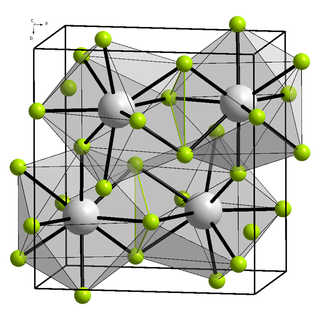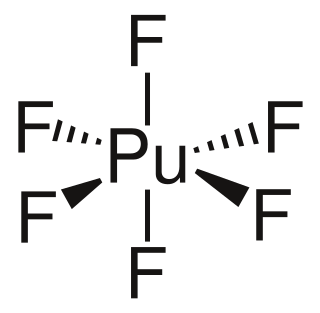SiH4
+H | | | | He | | LiSi | Be2Si | SiB3
SiB6
+B | SiC
+C | Si3N4
-N
+N | SiO2 | SiF4 | Ne | | NaSi | Mg2Si | Al | Si4− | SiP, SiP2
-P
+P | SiS2
-S | SiCl4 | Ar | | KSi | CaSi
CaSi2 | | ScSi Sc5Si3 Sc2Si3 Sc5Si4 | TiSi
TiSi2 | V3Si V5Si3, V6Si5, VSi2, V6Si5 | Cr3Si Cr5Si3, CrSi, CrSi2 | MnSi, MnSi2, Mn9Si2, Mn3Si, Mn5Si3, Mn11Si9 | FeSi2
FeSi
Fe5Si3
Fe2Si
Fe3Si | CoSi, CoSi2, Co2Si, Co3Si | NiSi, more… | Cu17Si3, Cu56Si11, Cu5Si, Cu33Si7, Cu4Si, Cu19Si6, Cu3Si, Cu87Si13 | Zn | Ga | GeSi
+Ge | SiAs, SiAs2
-As
+As | SiSe2 SiSe | SiBr4 | Kr | | RbSi | SrSi2 | | YSi Y5Si3, Y5Si4, Y3Si5, YSi1.4 | ZrSi Zr5Si3, Zr5Si4, ZrSi2, Zr3Si2, Zr2Si, Zr3Si | Nb4Si Nb5Si3 | MoSi2
Mo3Si Mo5Si3 | Tc | RuSi Ru2Si, Ru4Si3, Ru2Si3 | RhSi Rh2Si, Rh5Si3, Rh3Si2, Rh20Si13 | PdSi Pd5Si, Pd9Si2, Pd3Si, Pd2Si | Ag | Cd | In | Sn | Sb | TeSi2 Te2Si3 | SiI4 | Xe | | CsSi | Ba2Si BaSi2, Ba5Si3 Ba3Si4 | * | Lu5Si3 | HfSi Hf2Si, Hf3Si2, Hf5Si4, HfSi2 | Ta9Si2, Ta3Si, Ta5Si3 | WSi2 W5Si3 | ReSi Re2Si, ReSi1.8 Re5Si3 | OsSi | IrSi | PtSi | Au | Hg | Tl | Pb | Bi | Po | At | Rn | | Fr | Ra | ** | Lr | Rf | Db | Sg | Bh | Hs | Mt | Ds | Rg | Cn | Nh | Fl | Mc | Lv | Ts | Og | | | | * | LaSi2 La5Si3, La3Si2, La5Si4, LaSi | CeSi2 Ce5Si3, Ce3Si2, Ce5Si4, CeSi, Ce3Si5 | PrSi2 Pr5Si3, Pr3Si2, Pr5Si4, PrSi | NdSi Nd5Si3, Nd5Si4, Nd5Si3, Nd3Si4, Nd2Si3, NdSix | Pm | SmSi2 Sm5Si4, Sm5Si3, SmSi, Sm3Si5 | Eu? | GdSi2 Gd5Si3, Gd5Si4, GdSi | TbSi2 SiTb, Si4Tb5, Si3Tb5 | DySi2 DySi | HoSi2 Ho5Si3, Ho5Si4, HoSi, Ho4Si5 | ErSi2 Er5Si3, Er5Si4, ErSi | Tm? | YbSi Si1.8Yb, Si5Yb3, Si4Yb3, Si4Yb5, Si3Yb5 | | ** | Ac | ThSi | PaSi | USi2 | NpSi2 | PuSi | Am | Cm | Bk | Cf | Es | Fm | Md | No |
|









